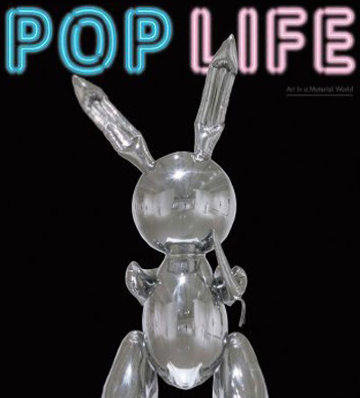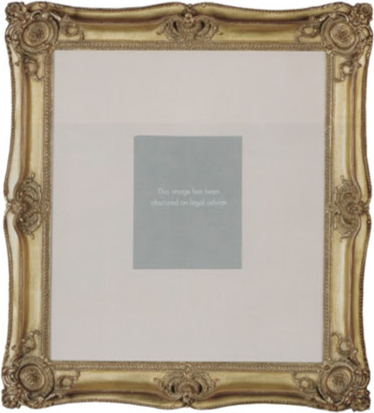

The catalogue for Tate Modern’s current exhibition Pop Life: Art in a Material World has been deemed illegal by the Metropolitan Police Service. The Met ordered the removal of Richard Prince’s photograph Spiritual America on the day before the exhibition opened, and the Tate withdrew the catalogue from sale while it sought legal advice.
In a letter to the Tate, the Met confirmed that Spiritual America is “a level 1 indecent image of a child. The possession and distribution of which are criminal offences.” They also cautioned that the catalogue could not be legally sold uncensored: “if the book were to be distributed in its original form (i.e. with the picture of Brooke Shields in it) an offence would be committed under the Protection of Children Act 1978.”
This makes the catalogue one of the few commercially published books that are illegal to possess in the UK. Other titles on this list could conceivably include I last och lust: sexuella bilder förr och nu (‘in vice and lust: sexual images past and present’), by Swedish anti-pornography campaigner Hans Nestius; and William Powell’s The Anarchist Cookbook, which has been cited in several trials of terrorists and other extremists.
In his catalogue essay, Jack Bankowsky acknowledges that Shields was “decidedly underage” and that “Prince invites us to ogle Brooke Shields in her prepubescent nakedness”. To avoid prosecution, a sticker has now been placed over the offending photograph: “This image has been obscured on legal advice” (p. 123).
The catalogue itself, edited by Bankowsky, Alison M. Gingeras, and Catherine Wood, is an excellent exploration of artists, such as Andy Warhol, who “engaged with mass media and the market and cultivated artistic personas”. Scott Rothkopf’s essay on Jeff Koons’ Made in Heaven series is a particular highlight. There is also an extensive bibliography.
In a letter to the Tate, the Met confirmed that Spiritual America is “a level 1 indecent image of a child. The possession and distribution of which are criminal offences.” They also cautioned that the catalogue could not be legally sold uncensored: “if the book were to be distributed in its original form (i.e. with the picture of Brooke Shields in it) an offence would be committed under the Protection of Children Act 1978.”
This makes the catalogue one of the few commercially published books that are illegal to possess in the UK. Other titles on this list could conceivably include I last och lust: sexuella bilder förr och nu (‘in vice and lust: sexual images past and present’), by Swedish anti-pornography campaigner Hans Nestius; and William Powell’s The Anarchist Cookbook, which has been cited in several trials of terrorists and other extremists.
In his catalogue essay, Jack Bankowsky acknowledges that Shields was “decidedly underage” and that “Prince invites us to ogle Brooke Shields in her prepubescent nakedness”. To avoid prosecution, a sticker has now been placed over the offending photograph: “This image has been obscured on legal advice” (p. 123).
The catalogue itself, edited by Bankowsky, Alison M. Gingeras, and Catherine Wood, is an excellent exploration of artists, such as Andy Warhol, who “engaged with mass media and the market and cultivated artistic personas”. Scott Rothkopf’s essay on Jeff Koons’ Made in Heaven series is a particular highlight. There is also an extensive bibliography.


